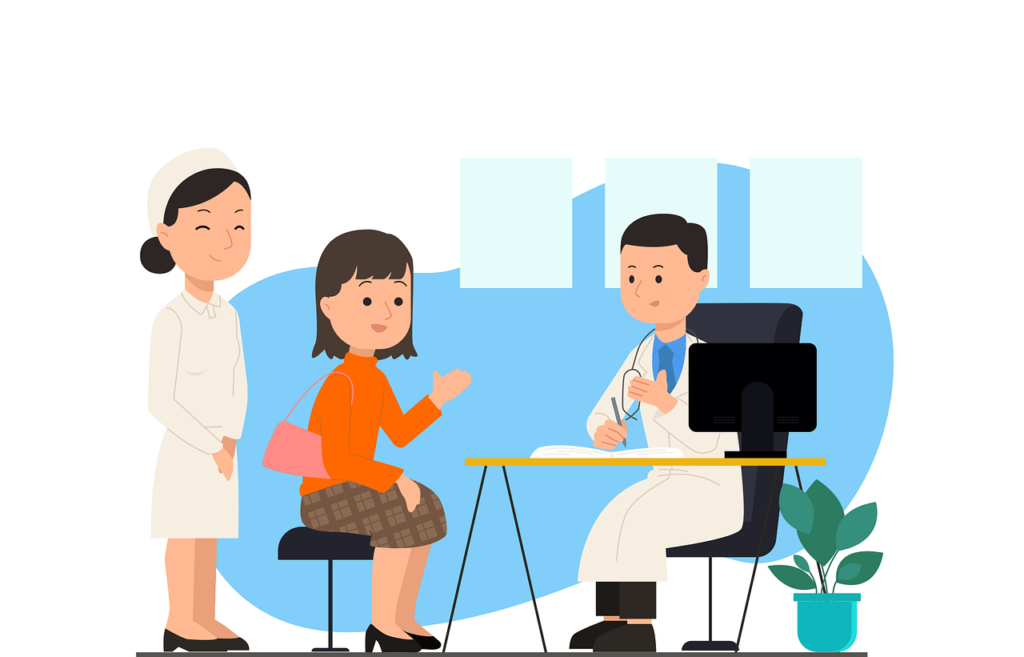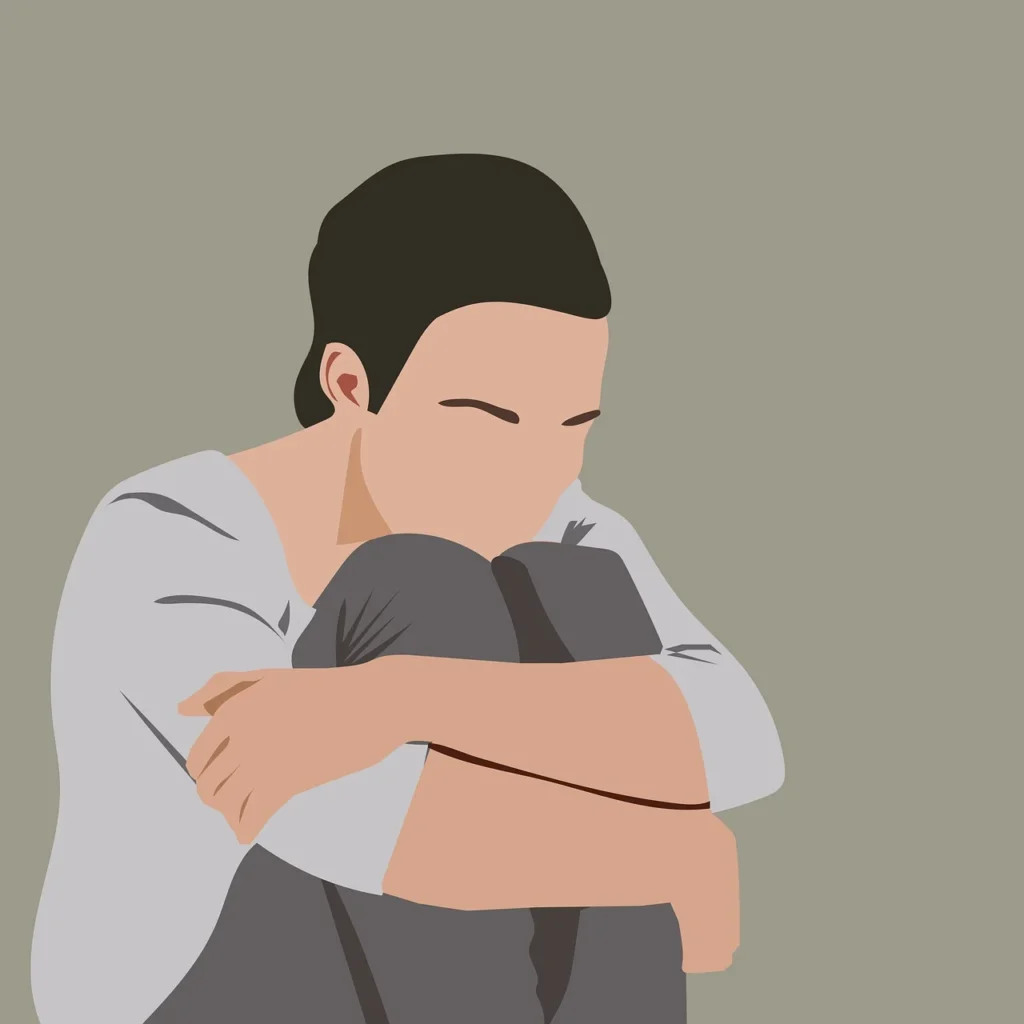Sexual health education is an essential component of adolescent development, equipping young people with the knowledge and skills to navigate the complex issues surrounding sexuality, relationships, and personal health. During adolescence, young people experience numerous physical, emotional, and psychological changes. Understanding these changes and making informed decisions is crucial to fostering safe, healthy, and respectful relationships. (Sexual Health)
1. Understanding Sexual Health Education
Sexual health education for adolescents is a comprehensive approach that covers a range of topics, including human anatomy, reproductive health, emotional well-being, consent, communication, and safe sexual practices. It goes beyond the basics of biology, aiming to foster understanding, empathy, and respect for oneself and others. Effective sexual health education provides adolescents with tools to navigate relationships responsibly, protect their health, and understand the values associated with intimacy and sexuality. (Sexual Health)

2. Core Goals of Sexual Health Education for Adolescents
Sexual health education seeks to achieve several key objectives for adolescents:
- Provide Accurate Information: Combat misinformation surrounding sexuality, reproductive health, and relationships.
- Promote Safe Practices: Educate young people about contraception, STI prevention, and the importance of safe sexual behaviors.
- Empower Self-Respect and Consent: Reinforce personal rights, boundaries, and the value of consensual interactions.
- Encourage Emotional Well-being: Guide adolescents through the emotional aspects of relationships and sexuality.
- Reduce Risky Behaviors: Equip young people to avoid risky behaviors, recognize unsafe situations, and make informed choices.

3. Key Components of Sexual Health Education for Adolescents
Comprehensive sexual health education includes several key areas, each critical to adolescent development and well-being.
a. Human Anatomy and Physical Changes
- Reproductive Anatomy: Teaching adolescents about the reproductive organs and their functions helps them understand their bodies better and normalize the physical changes they are experiencing.
- Puberty and Hormonal Changes: Adolescents often experience rapid hormonal shifts that affect their emotions, appearance, and behavior. Understanding puberty, menstruation, and hormonal changes promotes body positivity and self-acceptance.
b. Contraception and Pregnancy Prevention
- Understanding Contraceptives: Providing accurate information about contraception options, such as condoms, birth control pills, and intrauterine devices (IUDs), empowers adolescents to make informed decisions about pregnancy prevention.
- Dual Protection: Emphasizing the use of condoms not only for pregnancy prevention but also for protection against sexually transmitted infections (STIs) is essential. Adolescents should understand that safe practices go beyond pregnancy prevention. (Empowering Teens)
c. Sexually Transmitted Infections (STIs) and Disease Prevention
- Types of STIs: Adolescents are educated on the types of STIs, including their symptoms, transmission methods, and prevention. Common infections include chlamydia, gonorrhea, human papillomavirus (HPV), and HIV.
- Prevention and Testing: Teaching safe sex practices, the importance of regular STI testing, and the availability of vaccinations (such as for HPV) helps adolescents reduce their risk of infection. Knowledge of symptoms and treatment options encourages prompt and responsible health behaviors.
d. Consent and Boundaries
- Understanding Consent: Consent is a fundamental aspect of any healthy relationship. Adolescents need to learn that consent is an active, mutual agreement that can be given or withdrawn at any time. Discussions about consent should emphasize respect, listening, and the right to say no.
- Setting Boundaries: Adolescents learn to identify and communicate their boundaries, both physical and emotional. This skill is essential for developing self-respect and maintaining healthy relationships. Recognizing personal comfort levels, respecting others’ boundaries, and understanding non-verbal cues are critical parts of consent education.
e. Emotional and Relational Health
- Navigating Emotions: Adolescence is often marked by new and intense emotions related to attraction, love, and relationships. Sexual health education should include guidance on managing these emotions, dealing with rejection, and coping with breakups.
- Healthy Relationships: Teaching the principles of a healthy relationship—including trust, communication, and mutual respect—enables adolescents to form supportive and fulfilling connections. Communication skills, conflict resolution, and empathy play important roles in relationship success.
f. Gender Identity, Sexual Orientation, and Inclusivity
- Gender Identity and Expression: Adolescents need an understanding of gender identity, including the difference between biological sex and gender. This includes respecting diverse gender identities, such as transgender or non-binary individuals.
- Sexual Orientation: Recognizing and respecting various sexual orientations (heterosexual, homosexual, bisexual, asexual, etc.) fosters an inclusive environment. Adolescents learn to accept and respect diversity, reducing stigma and fostering acceptance within society.
g. Decision-Making and Reducing Risks
- Risk Identification: Adolescents are encouraged to identify risky situations, such as peer pressure or substance use, which can compromise safe decision-making.
- Making Informed Choices: By weighing the consequences of their actions, young people can make responsible choices about relationships, intimacy, and their well-being.

4. The Role of Parents, Educators, and Health Professionals
Sexual health education is most effective when parents, educators, and healthcare providers work together to create a supportive learning environment. Each of these trusted adults plays a unique role:
- Parents: Parents can foster open communication and create a safe space for discussions about sexuality, values, and expectations. Adolescents benefit from knowing they have a trusted adult to talk to without fear of judgment.
- Educators: Teachers provide structured, evidence-based information in a classroom setting, which helps standardize the knowledge adolescents receive. Schools play a crucial role by offering age-appropriate, accurate sexual health education.
- Healthcare Providers: Doctors and nurses provide medical advice, answer health questions, and offer services like STI testing, contraception, and vaccinations. Adolescents should be encouraged to visit healthcare professionals for regular check-ups and reliable information.

5. Benefits of Sexual Health Education for Adolescents
The benefits of comprehensive sexual health education for adolescents are far-reaching:
- Improved Health Outcomes: Sexual health education leads to reduced rates of STIs and unplanned pregnancies, as adolescents are equipped to make safer choices.
- Enhanced Self-Esteem: Knowledge about one’s body, rights, and emotions contributes to greater self-respect, body positivity, and mental well-being.
- Reduced Sexual Violence and Exploitation: With a focus on consent, boundaries, and safe relationships, adolescents are better prepared to identify and avoid harmful situations.
- Respect for Diversity: Inclusive sexual health education fosters a more accepting society where adolescents learn to respect and celebrate diversity in sexual orientation, gender identity, and relationships.

6. Challenges in Implementing Sexual Health Education
While sexual health education is crucial, it often faces challenges, including cultural sensitivities, stigma, and misinformation. Some communities have reservations about discussing sexuality with young people, which can lead to misconceptions and knowledge gaps. Overcoming these barriers involves culturally appropriate programming, supportive policies, and ongoing communication with parents and community leaders.
Conclusion
Sexual health education for adolescents is not just about teaching the mechanics of reproduction; it’s about equipping young people with the knowledge, values, and skills needed to lead healthy, respectful, and fulfilling lives. By addressing topics ranging from physical health to emotional well-being and consent, comprehensive sexual health education empowers adolescents to make informed decisions, respect themselves and others, and navigate their relationships responsibly. Through a collaborative effort involving parents, educators, and health professionals, young people can receive the support they need to make the best choices for their future.
What is Sexual Health Education?
Sexual health education is a comprehensive program designed to educate young people on topics related to sexuality, relationships, reproductive health, and personal boundaries. It includes information on anatomy, safe sexual practices, consent, emotional well-being, and respect for diversity in gender identity and sexual orientation. Its goal is to equip adolescents with the knowledge and skills needed to make responsible, healthy, and respectful decisions.
Why is Sexual Health Education Important for Adolescents?
Sexual health education is essential because adolescence is a period of significant physical, emotional, and social changes. This education helps adolescents:
Understand Their Bodies: They learn about physical changes and reproductive health.
Promote Safety: Information on contraception, STI prevention, and safe sexual practices empowers them to protect their health.
Develop Healthy Relationships: They acquire skills for communication, empathy, and boundary-setting.
Build Self-Respect: By understanding personal rights and consent, adolescents learn self-respect and respect for others.
What Topics are Covered in Sexual Health Education for Adolescents?
Parents play a crucial role in sexual health education by:
Creating Open Communication: When parents communicate openly and honestly, adolescents feel more comfortable asking questions and seeking advice.
Sharing Family Values: Parents can instill their values, helping adolescents make choices aligned with their beliefs.
Providing a Supportive Environment: Supportive, judgment-free conversations build trust, allowing adolescents to discuss challenges and concerns with a trusted adult.
Many adolescents rely on parents as their first source of information, making open discussions at home an important complement to school-based education.
How Can Schools and Educators Support Sexual Health Education?
Schools and educators play a key role by delivering structured, evidence-based sexual health education. This includes:
Providing Reliable Information: Schools offer fact-based, age-appropriate information that students may not otherwise receive.
Normalizing Discussions: Educators help normalize discussions about sexuality and relationships, reducing stigma.
Promoting Inclusivity: Schools often adopt inclusive practices that respect all students’ backgrounds, gender identities, and orientations, fostering a safe learning environment.
Educators can also work alongside parents and healthcare providers to ensure adolescents receive consistent support across all areas of their lives.
How Does Sexual Health Education Benefit Mental Health?
Sexual health education addresses not only physical health but also emotional and mental well-being:
Reducing Anxiety and Stigma: By providing accurate information, it helps adolescents feel less anxious and more confident about their bodies and relationships.
Supporting Self-Esteem: Understanding one’s body, rights, and emotions contributes to self-acceptance and positive self-esteem.
Building Resilience: Emotional aspects of sexual health education teach adolescents how to handle relationships, rejection, and other social pressures, contributing to mental resilience.
This education fosters a healthy self-image, respect for others, and the emotional tools needed for positive mental health.
What are the Benefits of Sexual Health Education for Society?
The benefits extend beyond individual health and well-being, positively impacting society as a whole:
Lower Rates of STIs and Unplanned Pregnancies: Educated adolescents are more likely to practice safe sex, reducing rates of STIs and unintended pregnancies.
Reducing Sexual Violence: Education on consent and boundaries helps reduce incidents of sexual violence and promotes safer, more respectful communities.
Promoting Inclusivity and Acceptance: Respect for diversity in gender and sexual orientation contributes to more inclusive and supportive communities.
Enhancing Public Health: By promoting healthy behaviors early on, sexual health education reduces public health costs and promotes long-term community well-being.
A well-informed adolescent population is more likely to grow into responsible adults who respect themselves and others, benefiting society on many levels.
What Challenges Exist in Implementing Sexual Health Education?
Several challenges can impact the effectiveness and availability of sexual health education:
Cultural and Religious Sensitivities: Some communities have reservations about sexual health education due to cultural beliefs, which can lead to resistance.
Misinformation and Stigma: Misconceptions around sexual health can create stigma, limiting open discussions and access to resources.
Lack of Trained Educators: Effective sexual health education requires trained educators who are comfortable delivering this sensitive information.
Overcoming these challenges involves culturally sensitive approaches, engaging parents and community leaders, and ensuring that educators receive proper training.
Where Can Adolescents Find Reliable Information on Sexual Health?
Apart from schools and parents, adolescents can access accurate sexual health information from:
Healthcare Providers: Doctors, nurses, and counselors provide professional advice and answers to health questions in a confidential setting.
Trusted Websites: Reputable organizations like the World Health Organization (WHO), Planned Parenthood, and local health departments offer reliable online resources.
Hotlines and Community Health Centers: Many regions have hotlines or centers dedicated to youth health, offering free or low-cost services and advice.
Reliable sources ensure adolescents receive fact-based information, helping them avoid misinformation and make well-informed choices.







oka1fm